The first Grumman Jet Fighter

The Grumman F9F Panther was one of the United States Navy's first successful carrier-based jet fighters. It entered service in 1949 and played a significant role during the Korean War, where it served primarily in the ground-attack and close air support roles. The Panther was powered by a single Pratt & Whitney J42 turbojet engine, giving it a top speed of around 575 mph (925 km/h). It was armed with a combination of cannons and rockets, making it effective against both air and ground targets. The Panther's success paved the way for further development of carrier-based jet aircraft by Grumman, including the more advanced F9F Cougar.
The F9F Panther is an American carrier-based fighter, first produced by Grumman, third of the US Navy, after the FH-1 Phantom and F2H Banshee. It is mostly remembered for its combat missions during the Korean War, mainly as a fighter-bomber (78,000 missions, first enemy aircraft shot down (Yak-9 fighter). Only foreign buyer remains the Argentine Navy, operated 1958-1969.
Work in Progress, release planned 2025
Development
(To Come)Design
(To come)⚙ F9F-2 specifications | |
| Gross Weight | 4,95 tons |
| Max Takeoff weight | 8,84 tons |
| Lenght | 11.35 m |
| Wingspan | 11.58 m (without tip tanks) |
| Height | 3.45 m |
| Wing Area | 23.23 m², |
| Engine | Pratt & Whitney J42-P-8 turbojet |
| Top Speed, sea level | 926 km/h |
| Cruise Speed | 783 km/h |
| Range | Max 2,176 km, combat 861 km, see notes |
| Climb Rate | 30.48 m/s |
| Ceiling | 13,590 m |
| Armament | 4x HS 202 Cannons, see notes |
| Crew | 1 pilot |
Structure
The wings were straight, typical of this 1st jet generation, with the air intakes on their base, transitioning from the fuselage. Their profile was NACA 64-A012, they had an average aerodynamic chord of 2.27 m, a wing aspect ratio of 7.8. The ovale section fuselage was sleak, streamline, with a chassis base of 3.53 m track of 2.515 m, empty weight of 4,220 kg, curb weight of 4,950 kg and Normal take-off weight of 7,462 kg and maximum take-off weight of 8,842 kg. It was made all in aluminium. Fuel mass, in internal tanks alone, represented 1,859 kg plus 653 kg in the two wingtips tanks for a volume of 2585 l (plus 2× 454 liters wing tips tanks). Bubble rear sliding (hydraulic) canopy and Martin-Baker style ejection seat. Internally the two main tanks were located in the middle section. No radar, the dismountable nose housed the four Hispano-Suiza 20 mm cannons. The design process led to create a tail dorsal extension for extra stability.Powerplant & Performances
Pratt & Whitney J42-P-8 turbojet engine, Thrust 22.24 kN and with water injection system, 25.58 kN. It had a top speed of 926 km/h (subsonic in modern parlance) with a cruising speed of 783 km/h and a stall speed of 169-226 km/h depending on weight, critical when landing.Its overall combat radius in unladen air patrol was 861 km (with wingtips tanks) and when laden for strikes, 278 km (with two 454 kg bombs, six 227 mm rockets NAR plus its wingtips tanks filled). Max range in one-way taxing was 2,176 km with max fuel, and it could cimb up to 13,590 m while having an interception speed, climb rate of 30.48 m/s. It had a relatively heavy wing load at 321.3 kg/m² in normal take-off weight for a thrust-to-weight ratio of 0.302 at normal take-off weight and when ground base, unassisted, the Panther needed 710 m of runway, at normal take-off weight.
Armaments
The F9F was a pre-missile age fighter, armed with four cannons of the Hispano Suiza HS-505 with 800 rounds of ammunition each. They were very fast firing, so pilots onl needed a window of a second for a deadly burst. The whole usable combat load was 1,270 kg with two, then three, even four attachment points as the serie progressed.The F9F could carry six Unguided rockets, WW2 5-inches (127 mm) HVAR types. It could carry also a limited load of free falling bombs, two 454 kg, four 227 kg or six 113 kg, all stock WW2 models.
Combat Records

The Panther started deck trials on modified WW2 Essex class carriers and USS Midway. When equipping all squadrons in 1950, it was present on all three midway class carriers and a dozen Essex class. The Panther was de facto the primary jet fighter bomber aircraft of the United States Navy and Marine Corps, and was soon deployed on the Korean War as the "latest kit". It became the Navy's most widely used jet in this war, despite being outcast by the F-86 Sabre at the end of the war. They flew 78,000 combat missions between the F9F-2,-3,-5 and were lauded as rugged aircraft capable of taking punishment and came back, even after shattering anti-aircraft hits. Pilots appreciated also its air-conditioned cabin, albeit the dashboard and commands were still very much WW2 style, and the navigation and radio requipments primitive.
On July 3, 1950, Second Lieutenant Leonard H. Plog (VF-51) score with an F9F-3 the first U.S. Navy kill in this war, destroying a propeller-driven Yak-9 which was just taking off. Panther pilots claimed seven Mikoyan-Gurevich MiG-15s with the loss of only two F9Fs, despte the fact the "Fresco" was recoignised a better plane, notably due to its wing design, better speed, agility and armament. The first MiG-15 was shot down on November 9, 1950. It was a F9F-2B from VF-111 (Lt. Commander William Amen) over the Sinuiju Bridges, Yalu River. Two more MiG-15s were shot down on November 18, 1950.
On November 18, 1952, USS Oriskany and three other aircraft carriers in the Sea of Japan launched airstrikes against Hyoryong, with four F9Fs in CAP near North Korea's border with China. The team leader returned to the carrier with his wingman but Lt. Royce Williams (VF-781, Oriskany) and his wingman stayed, and identified seven Soviet naval aviation MiGs from the Russian mainland and apparently en route to the US carrier groups. The F9Fs were ordered to attack.

Four Soviet MiG-15s opened fire, Williams opened fire on the tail Mig and disabled it, followed by his wingman, and a legendary 35-minute dogfight with the six MiG-15s. Williams managed to shoot down three, for a total of four, becoming an ace. He ran out of ammunition and kept the last MiG on his tail, chased off in and out by his wingman. Williams' plane had been hit and was badly damaged however, incapable of manoeuvering, so Oriskany herself aligned her deck towards the plane. After landing 263 impacts, mostly shrapnel were identified. Too damaged to be repaired, it was thrown overboard. This score remained top secret until the end of the cold war being a mission commanded by the NSA. 40 years later, Russian sources confirmed Williams's claims and identified the pilots.
In 1953, the Panthers primarily led ground attack missions, meeting on sites a lot of Flak. This grew over time as USSR provided always better AA guns. The swept wing Grumman F9 Cougar started to replace the Panther, which also had quite famous pilots which made their combat debut there: Future astronaut Neil Armstrong for example, which ejected after shot down by a wire strung across a valley in 1951. John Glenn and Boston Red Sox star baseball player Ted Williams were also celebrities flying the F9F.



Argentinian Panthers
Only foreign buyer remains the Argentine Navy, acquisiring 24 decommissioned models in 1958. The catapults of ARA Independencia being too weak to launch the F9F, they were land-based. In April 1963, during the Argentine Navy uprising, Panthers were flown by rebel forces, destroying a significant number of government's M4 Sherman tanks. In 1965, they saw action again in the border clash between Argentina and Chile. Due to a lack of spare parts, they were withdrawn from service in 1969 while the Argentine Navy purchased the lighter A-4 Skyhawk and replaced Independencia by the more modern carrier Veinticinco de Mayo, the very same year.
Gallery:
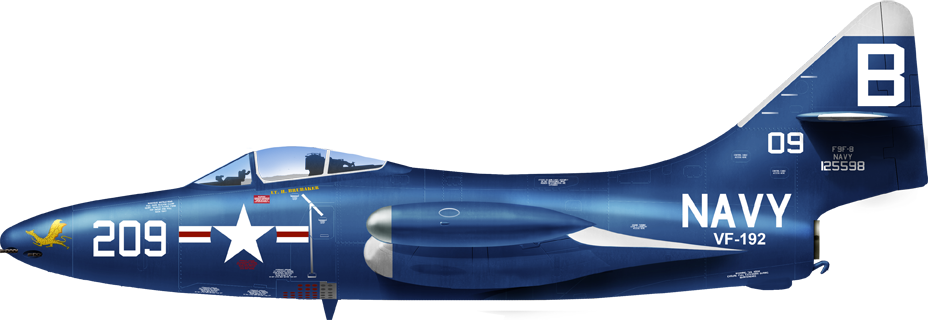
F9F VF192

Argentinian F9F, carrier Independencia 1965







F9F VF192

Argentinian F9F, carrier Independencia 1965
Photos






Videos:
The Models Corner:
-To come- Lohner E (1913)
- Macchi M3 (1916)
- Macchi M5 (1918)
- Ansaldo ISVA (1918)
- Sopwith Baby (1916)
- Short 184 (1916)
- Fairey Campania (1917)
- Sopwith Cuckoo (1917)
- Felixstowe F.2 (1917)
- Friedrichshafen FF 33 (1916)
- Albatros W4 (1916)
- Albatros W8 (1918)
- Hanriot HD.2
- Grigorovitch M5
- IJN Farman MF.7
- IJN Yokosho Type Mo
- Yokosho Rogou Kougata (1917)
- Yokosuka Igo-Ko (1920)
- Curtiss N9 (1916)
- Aeromarine 39
- Vought VE-7
- Douglas DT (1921)
- Boeing FB.5 (1923)
- Boeing F4B (1928)
- Vought O2U/O3U Corsair (1928)
- Blackburn Blackburn (1922)
- Supermarine Seagull (1922)
- Blackburn Ripon (1926)
- Fairey IIIF (1927)
- Fairey Seal (1930)
- LGL-32 C.1 (1927)
- Caspar U1 (1921)
- Dornier Do J Wal (1922)
- Rohrbach R-III (1924)
- Mitsubishi 1MF (1923)
- Mitsubishi B1M (1923)
- Yokosuka E1Y (1923)
- Nakajima A1N (1927)
- Nakajima E2N (1927)
- Mitsubishi B2M (1927)
- Nakajima A4N (1929)
- CANT 18
WW1
✠ K.u.K. Seefliegerkorps:
 Italian Naval Aviation
Italian Naval Aviation
 RNAS
RNAS
 Marineflieger
Marineflieger
 French Naval Aviation
French Naval Aviation
 Russian Naval Aviation
Russian Naval Aviation
 IJN Air Service
IJN Air Service
 USA
USA
Interwar
 Interwar US
Interwar US
 Interwar Britain
Interwar Britain
 Interwar France
Interwar France
 Interwar Germany
Interwar Germany
 Interwar Japan
Interwar Japan
 Interwar Italy
Interwar Italy
- Curtiss SOC seagull (1934)
- Grumman FF (1931)
- Curtiss F11C Goshawk (1932)
- Grumman F2F (1933)
- Grumman F3F (1935)
- Northrop BT-1 (1935)
- Grumman J2F Duck (1936)
- Consolidated PBY Catalina (1935)
- Brewster/NAF SBN-1 (1936)
- Curtiss SBC Helldiver (1936)
- Vought SB2U Vindicator (1936)
- Brewster F2A Buffalo (1937)
- Douglas TBD Devastator (1937)
- Vought Kingfisher (1938)
- Curtiss SO3C Seamew (1939)
- Douglas SBD Dauntless (1939)
- Grumman F4F Wildcat (1940)
- F4U Corsair (NE) (1940)
- Brewster SB2A Buccaneer (1941)
- Grumman TBF/TBM Avenger (1941)
- Consolidated TBY Sea Wolf (1941)
- Grumman F6F Hellcat (1942)
- Curtiss SB2C Helldiver (1942)
- Curtiss SC Seahawk (1944)
- Grumman F8F Bearcat (1944)
- Ryan FR-1 Fireball (1944)
- Douglas AD-1 Skyraider (1945)
Fleet Air Arm
- Fairey Swordfish (1934)
- Blackburn Shark (1934)
- Supermarine Walrus (1936)
- Fairey Seafox (1936)
- Blackburn Skua (1937)
- Short Sunderland (1937)
- Blackburn Roc (1938)
- Fairey Albacore (1940)
- Fairey Fulmar (1940)
- Grumman Martlet (1941)
- Hawker sea Hurricane (1941)
- Brewster Bermuda (1942)
- Fairey Barracuda (1943)
- Fairey Firefly (1943)
- Grumman Tarpon (1943)
- Grumman Gannet (1943)
- Supermarine seafire (1943)
- Blackburn Firebrand (1944)
- Hawker Sea Fury (1944)
IJN aviation
- Aichi D1A "Susie" (1934)
- Mitsubishi A5M "Claude" (1935)
- Nakajima A4N (1935)
- Yokosuka B4Y "Jean" (1935)
- Mitsubishi G3M "Nell" (1935)
- Nakajima E8N "Dave" (1935)
- Kawanishi E7K "Alf" (1935)
- Nakajima B5N "Kate" (1937)
- Kawanishi H6K "Mavis" (1938)
- Aichi D3A "Val" (1940)
- Mitsubishi A6M "zeke" (1940)
- Nakajima E14Y "Glen" (1941)
- Nakajima B6N "Jill" (1941)
- Mitsubishi F1M "pete" (1941)
- Aichi E13A Reisu "Jake" (1941)
- Kawanishi E15K Shiun "Norm" (1941)
- Nakajima C6N Saiun "Myrt" (1942)
- Yokosuka D4Y "Judy" (1942)
- Kyushu Q1W Tokai "Lorna" (1944)
Luftwaffe
- Arado 196 (1937)
- Me109 T (1938)
- Blohm & Voss 138 Seedrache (1940)
Italian Aviation
- Savoia-Marchetti S.55
- IMAM Ro.43/44
- CANT Z.501 Gabbiano
- CANT Z.506 Airone
- CANT Z.508
- CANT Z.511
French Aeronavale
- GL.300 (1926-39)
- Levasseur PL.5 (1927)
- Potez 452 (1935)
- Loire 210 (1936)
- Loire 130 (1937)
- LN 401 (1938)
Soviet Naval Aviation
- Shavrov SH-2 (1928)
- Tupolev TB-1P (1931)
- Beriev MBR-2 (1930)
- Tupolev MR-6 (1933)
- Tupolev MTB-1 (1934)
- Beriev Be-2 (1936)
- Polikarpov I16 naval (1936)
- Tupolev MTB-2 (1937)
- Ilyushine DB-3T/TP (1937)
- Beriev Be-4 (1940)
-
Skoda Š-328V
R-XIII Idro
Fokker C.XI W (1934)
WW2
- De Havilland Sea Vixen
- Hawker Sea Hawk
- Supermarine Scimitar
- Blackburn Buccaneer
- Hawker Sea Harrier
- Douglas A4 Skyhawk
- Grumman F9F Panther
- Vought F8 Crusader
- McDonnell-Douglas F-4 Phantom-II
- North Am. A5 Vigilante
- TU-142
- Yak 38 forger
☢ Cold War
✧ NATO
 Fleet Air Arm
Fleet Air Arm
 US Navy
US Navy
☭ Warsaw Pact
Merch
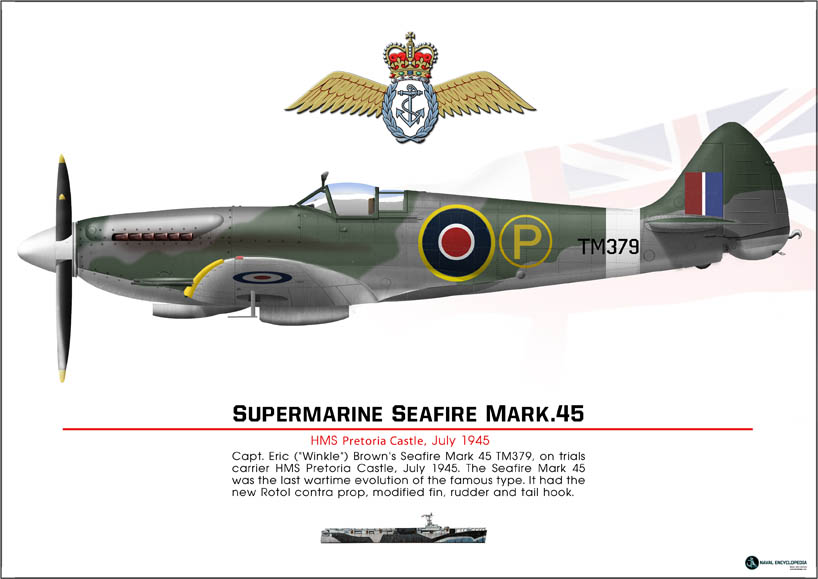
Seafire Mark 45; HMS Pretoria Castle
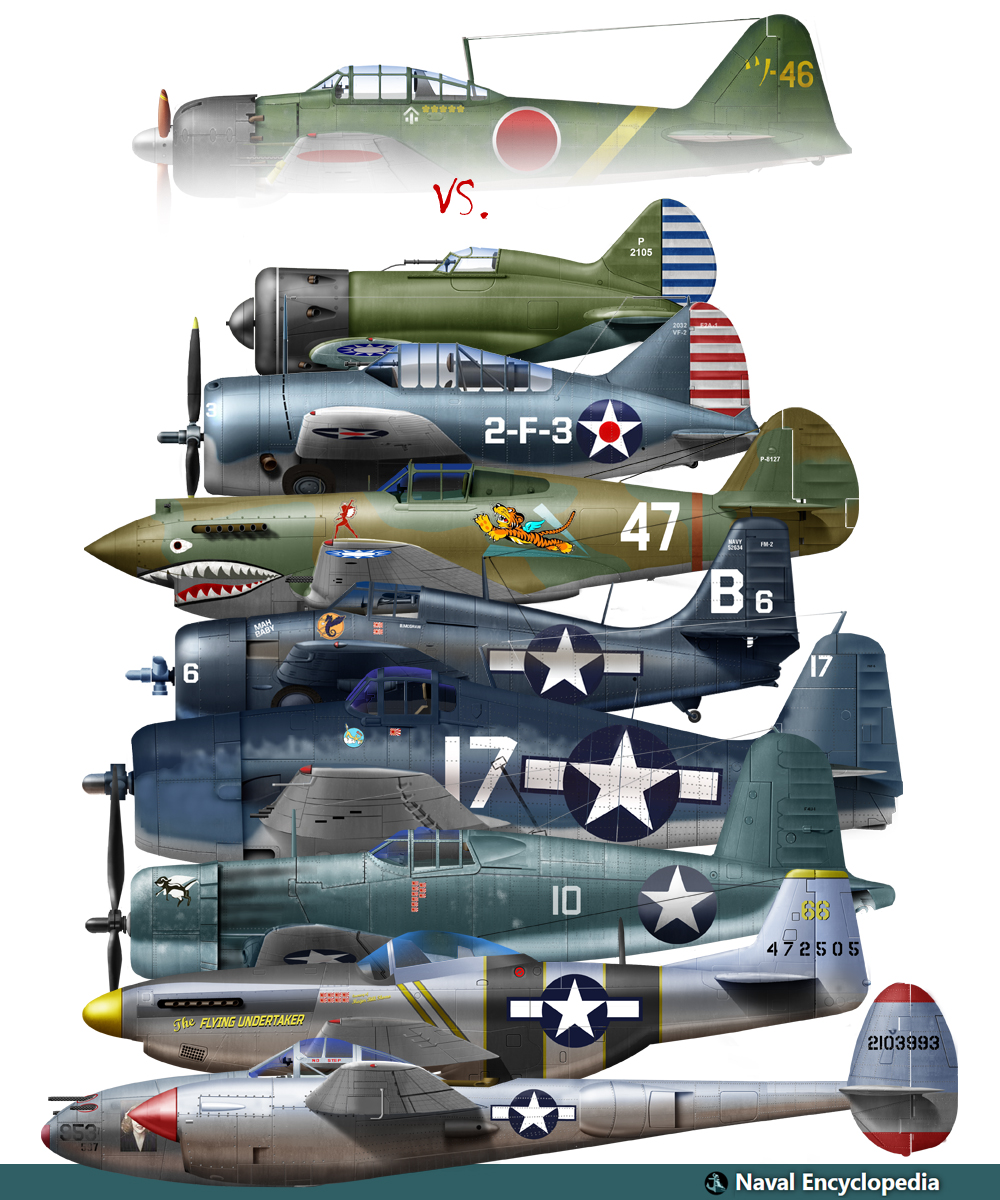
Zeros vs its aversaries
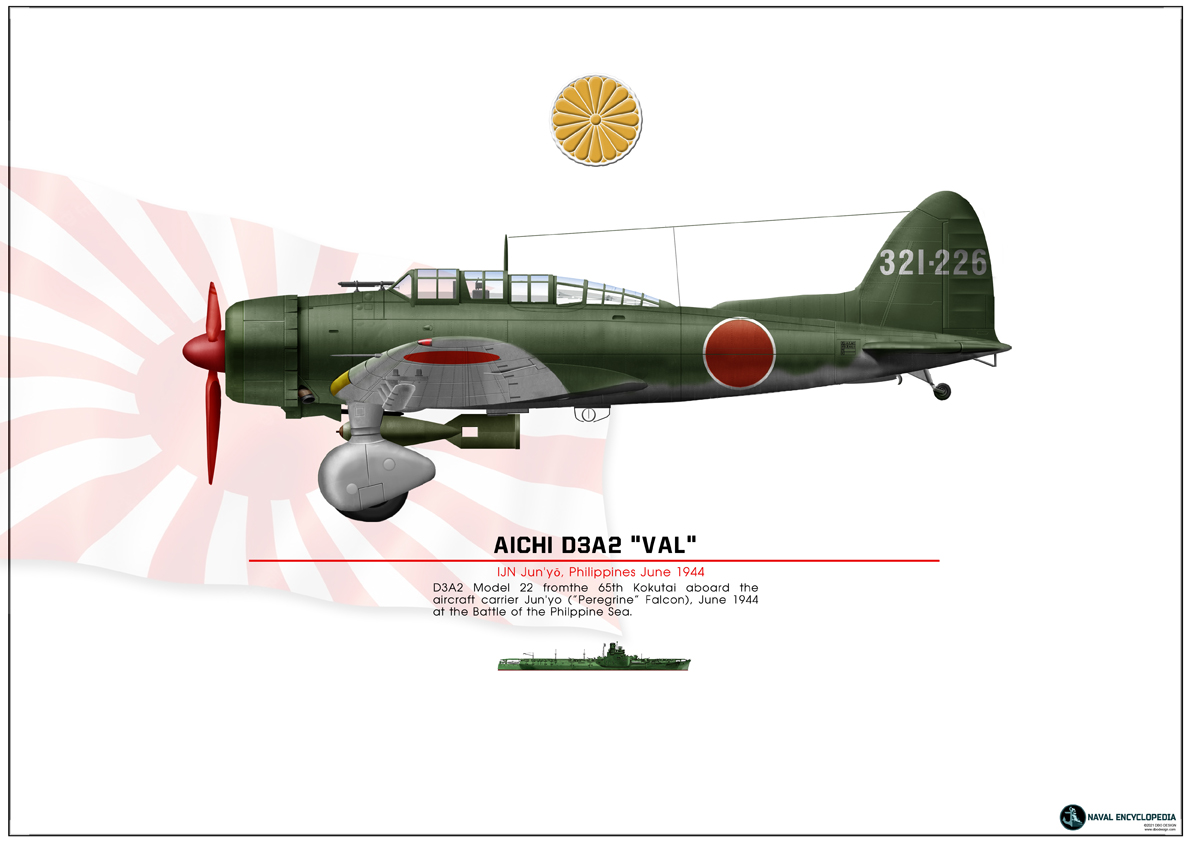
Aichi D3A “Val” Junyo
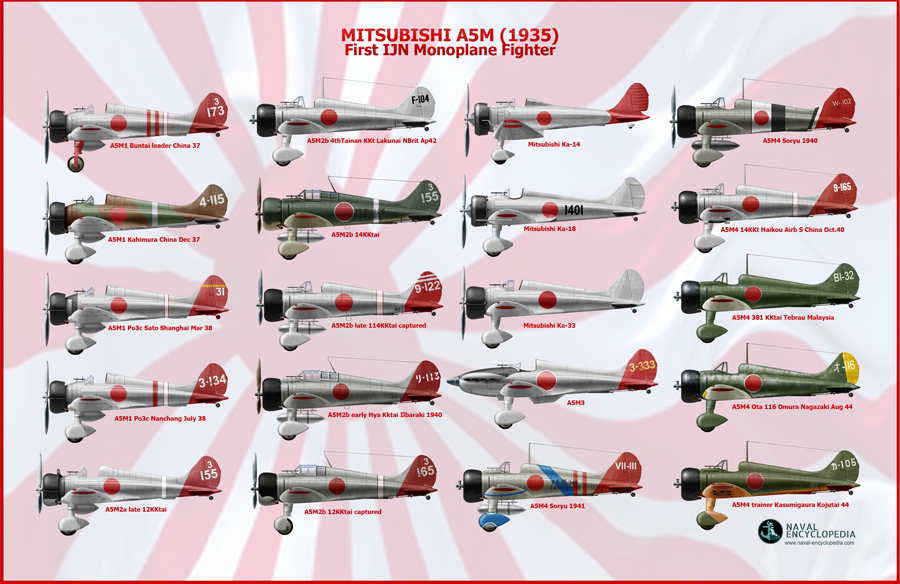
Mitsubishi A5M poster
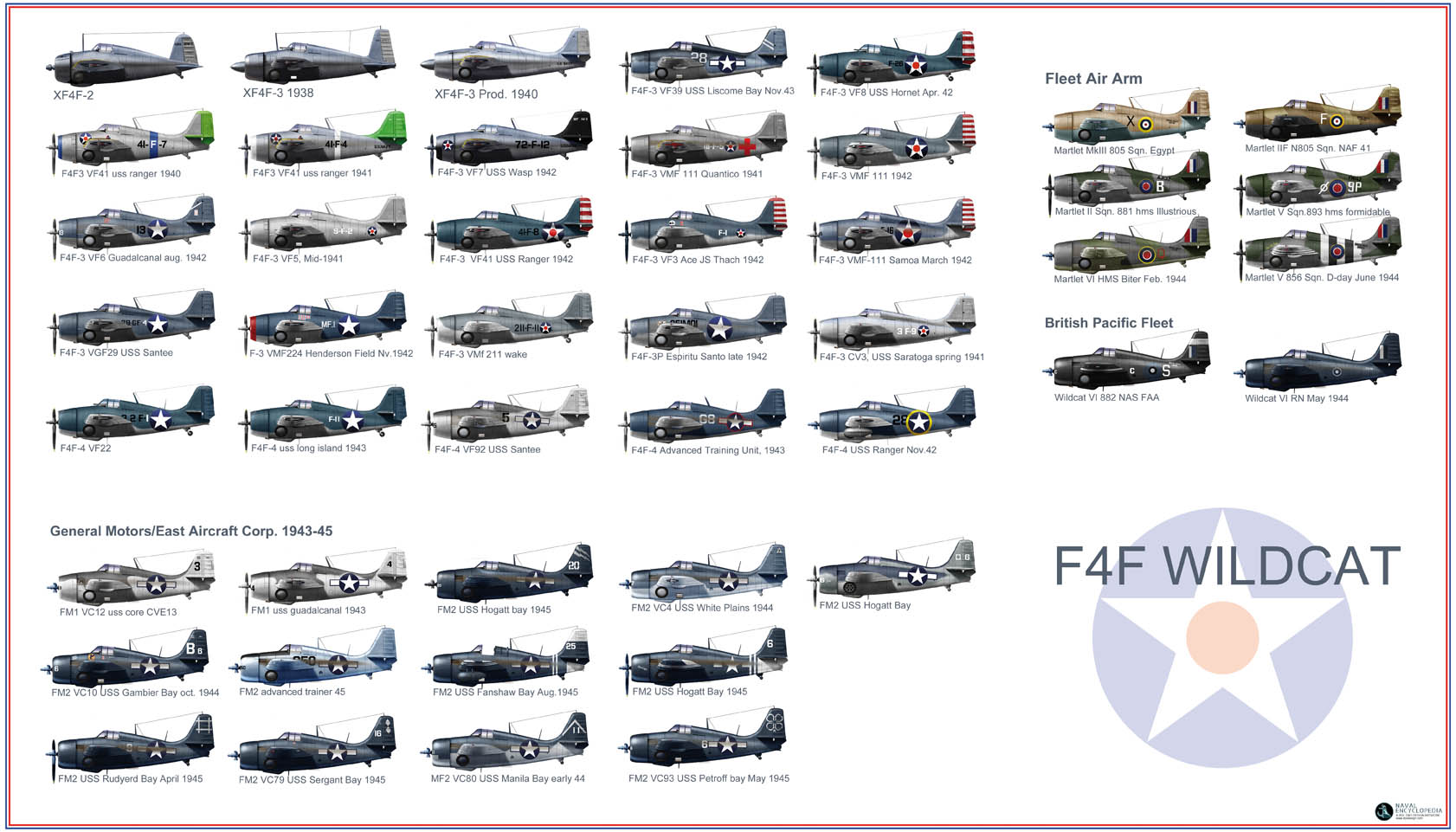
F4F wildcat
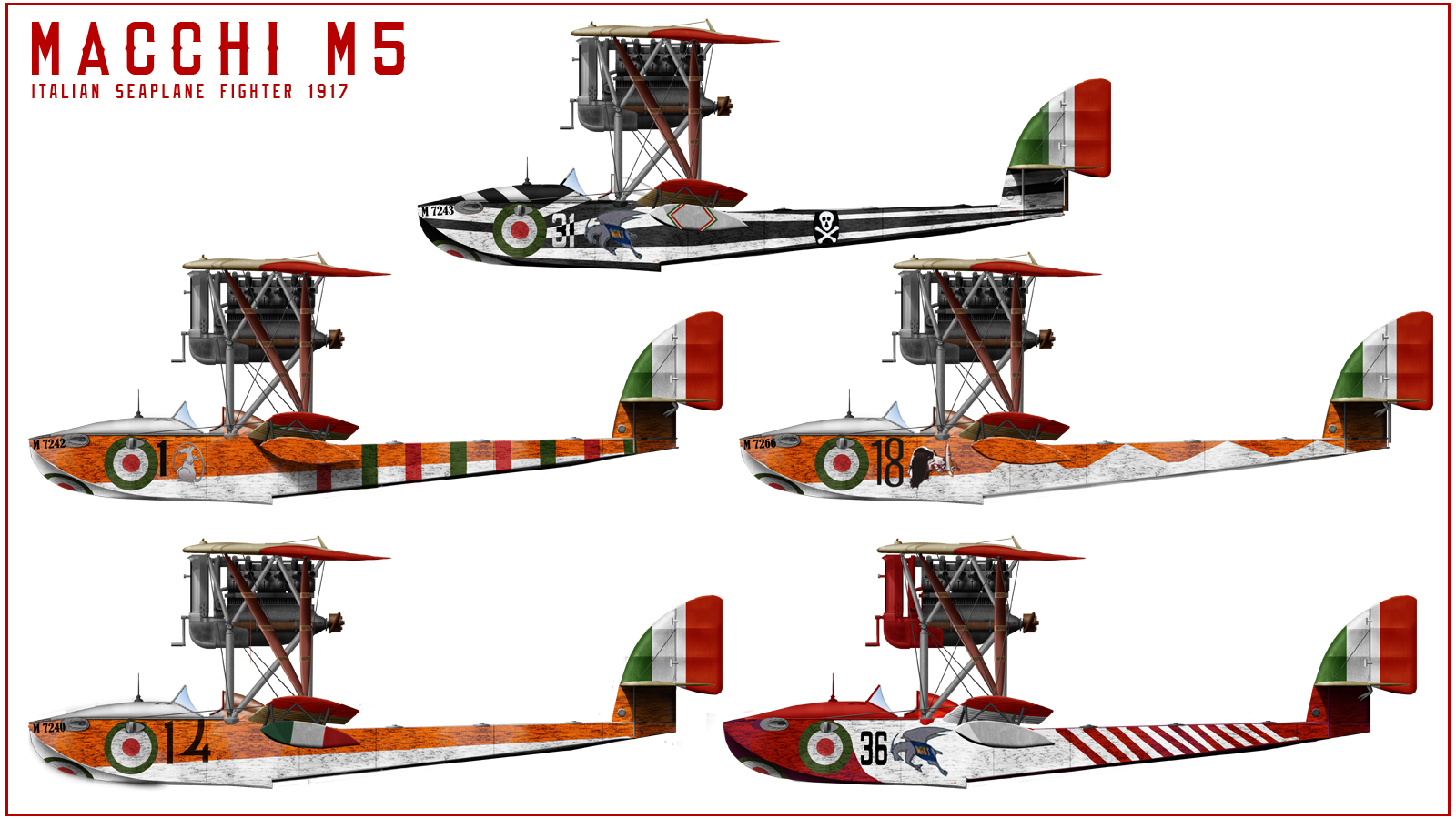
Macchi M5
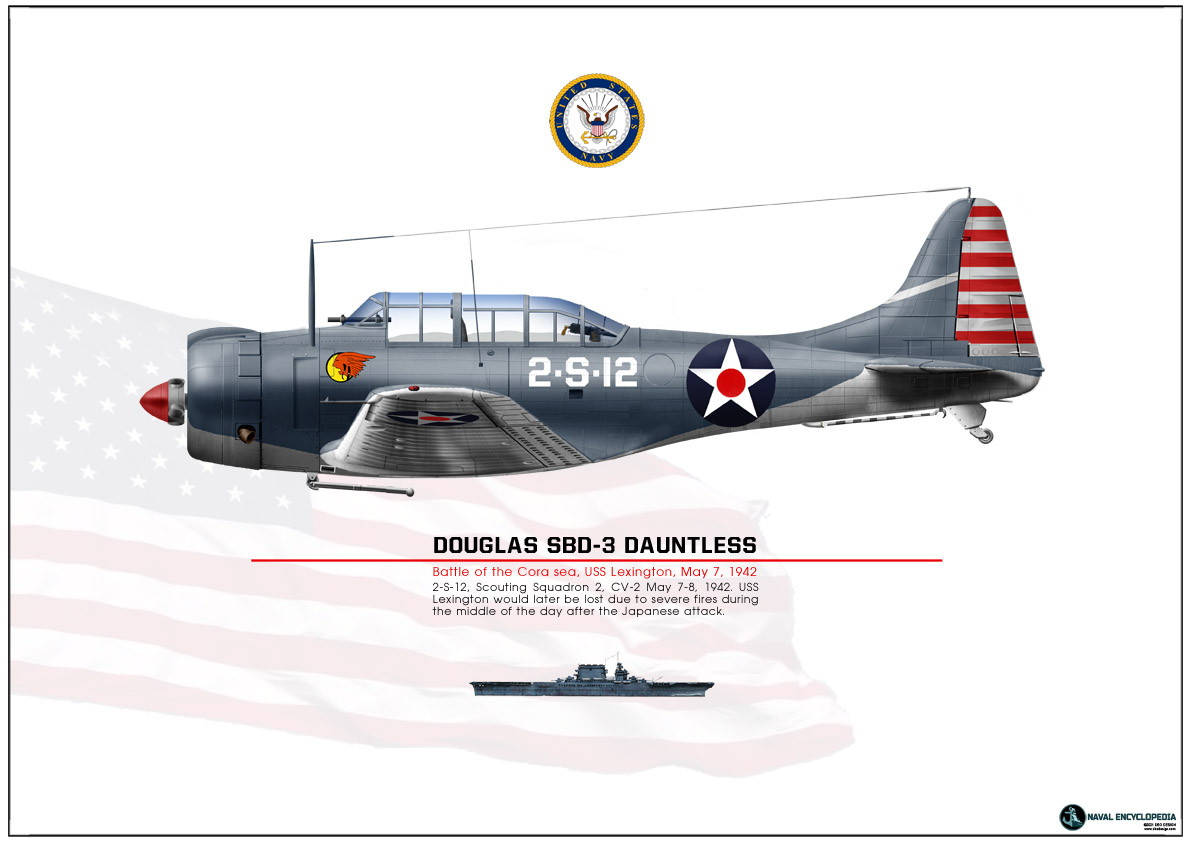
SBD Dauntless Coral Sea
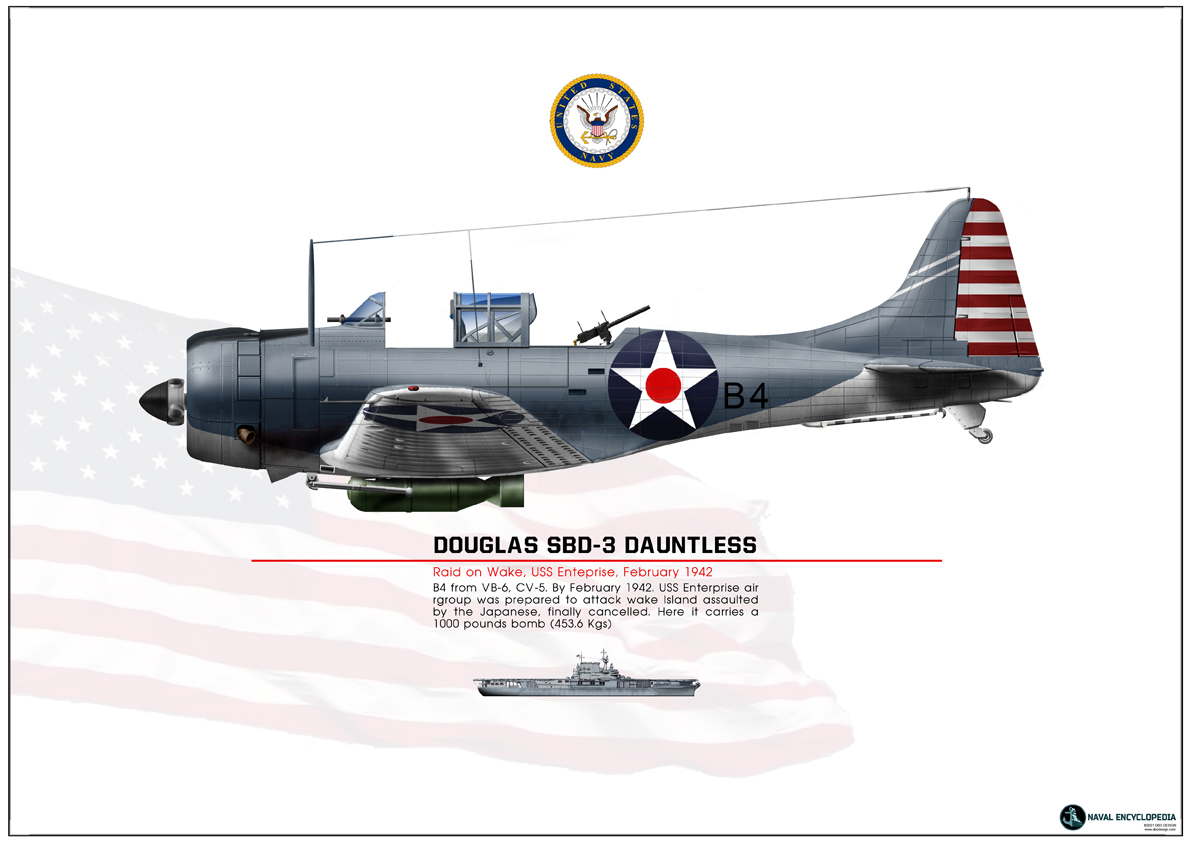
SBD Dauntless USS Enterprise
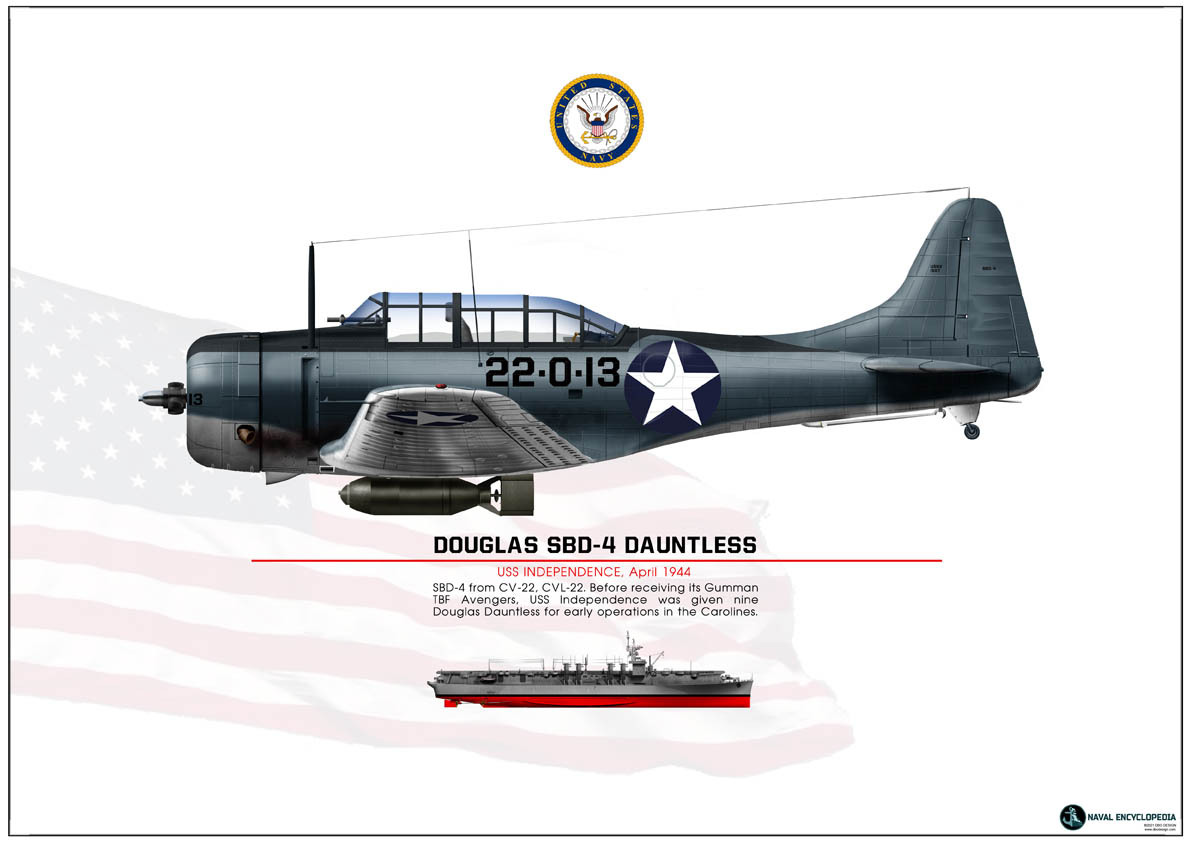
SBD-4 CV22
